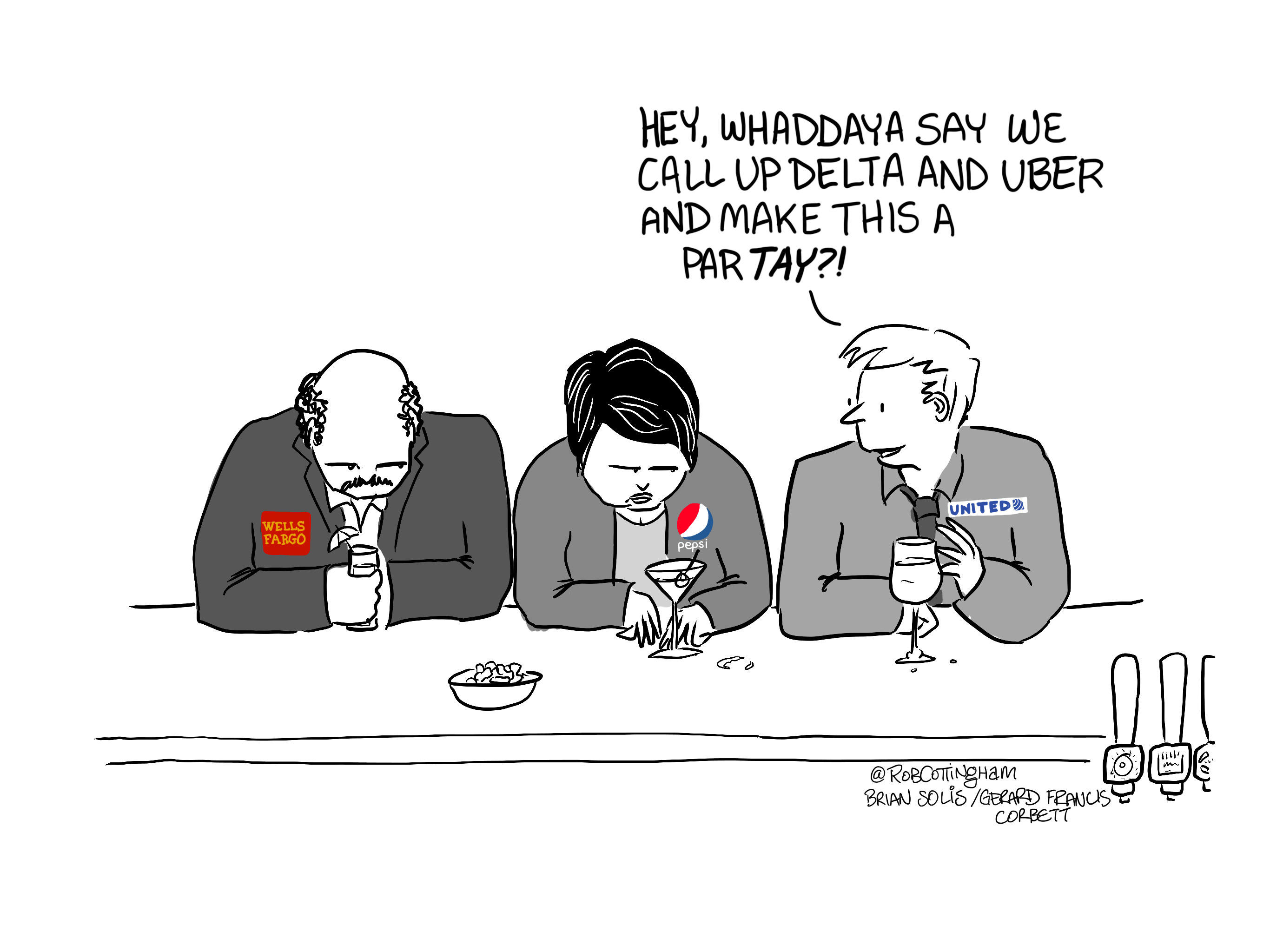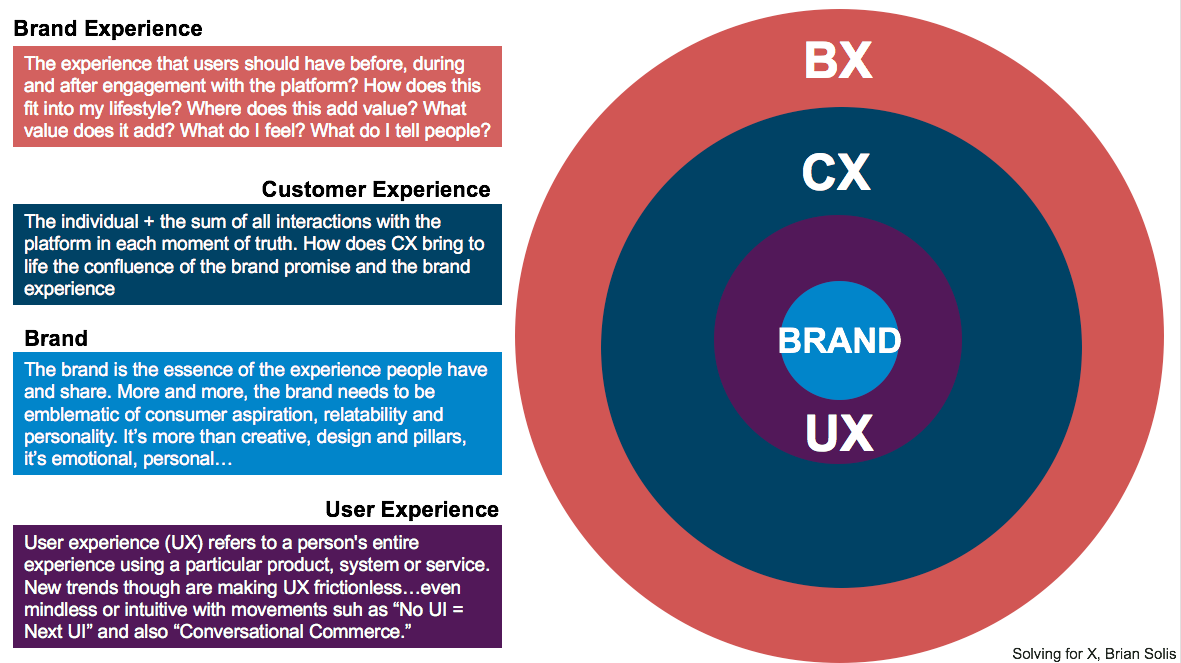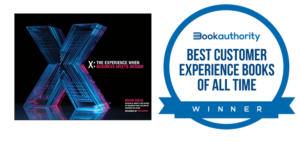My friends Rob Cottingham, Gerard Francis Corbett and I have had some fun lately. One way to gain perspective on our modern reality is to do so through humor. So when a several big brands in the beverage, transportation, banking and airline industries were suddenly in the global media hot seat, we had a laugh and productive conversations behind the scenes. As a result, we set out to build upon these unfortunate opportunities with a couple of pithy but poignant cartoons hoping to spark a bigger dialogue. Our goal was to not further chastise brands, but instead call attention to the fact that every company can, at any point, fall to the experiences that customers have and share.
I want you to think about that for a moment…”the experiences that people have and share.”
Customer service is the new marketing.
Happy employees equal happy customers.
A happy customer tells a friend; an unhappy customer tells the world.
86% of buyers will pay more for a better customer experience, but only 1% of customers feel that vendors consistently meet their expectations
You’ve heard these adages time and time again. Yet, brands continue to use marketing, creativity and products/services as the means by which they aim to brand. But now everything matters. And you can argue that it always has. The difference between now and then is that great experiences were once differentiators. Now, great experiences are becoming mandates.
 This means that it’s time to explore experiences (what people actually experience vs what they want to experience) that people have in every aspect, products, policies, services, touch points, et al. At the same time, it’s key to review current policies, processes, incentives, training, etc., for representatives. And, while you’re at it, review your brand style guide to find gaps between brand promises and real world experiences.
This means that it’s time to explore experiences (what people actually experience vs what they want to experience) that people have in every aspect, products, policies, services, touch points, et al. At the same time, it’s key to review current policies, processes, incentives, training, etc., for representatives. And, while you’re at it, review your brand style guide to find gaps between brand promises and real world experiences.
It’s time for an upgrade.
If it’s time to design experiences you want people to have, remember, and share. Customer experience (CX) is the new marketing and customer experiences (what they have, feel and share) become the brand (BX). But more importantly, CX becomes a way of business that permeates and reshapes every facet of how and why companies operate. It’s about purpose, vision, and meaningful work.
BX – Brand Experience
CX – Customer Experience
UX – User Experience
EX – Employee Experience
Experiences become memories…good or bad.
Please read X, The Experience When Business Meets Design or visit my previous publications
Connect with Brian!
Twitter: @briansolis
Facebook: TheBrianSolis
LinkedIn: BrianSolis
Youtube: BrianSolisTV
Snapchat: BrianSolis
Invite Brian to speak at your next event or meeting.








As always, spot on. The recent United debacle is going to help improve CX and service in all businesses. Sometimes it takes an extreme example or incident to make all brands say, “I hope that never happens to us. What can we do to prevent it.” One way is to obsessively focus on CX and service.
Within the sector of communication and as social media becomes even more increasingly popular by each day, so does the voice of the people that would otherwise struggle to be heard in the corporate world.
Organizations would not be given much life without their presence in the social world. And what is the quickest way to impact a person or organization? With negative videos, photos or comments that are likely to go viral within minutes. This can turn an organization upside down and leave them climbing out of a very steep hole.
As stated by this post, experiences are no longer something that travels by word of mouth. When a customer goes through a bad experience, millions of dollars worth of branding can be overlooked by a 30-second clip recorded off of your average smart phone.
This places PR practitioners in a sticky situation when conflict does arise, because the customer-to-employee interactions are often out of their reach – and in turn, out of their control.
Yes, yes, and yes! I have been touting this idea for years. Well said!
Love this read – some of this stuff seems like it should be so obvious, yet brands continue to get it wrong over and over. And this is one of the few arenas where little brands actually have an advantage, we can be flexible, and we can shift quickly, and treat people as individuals. Oh, and the headline summarizes it nicely. Thanks!